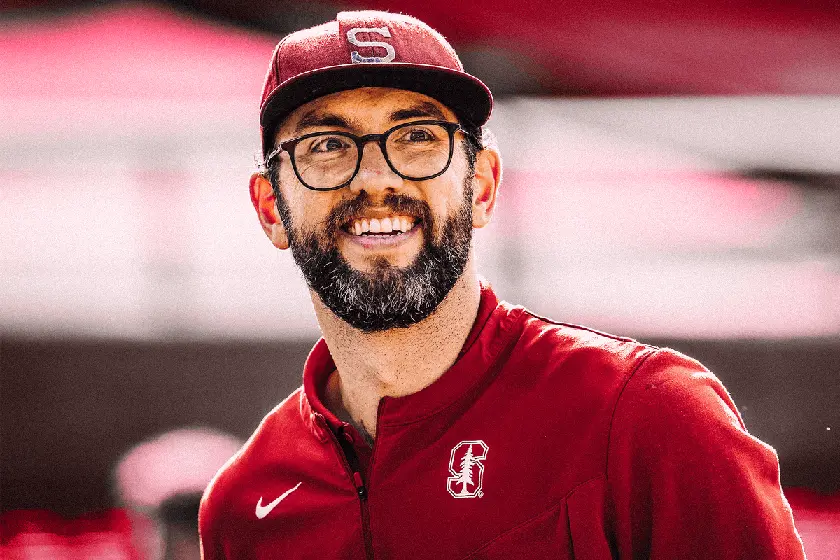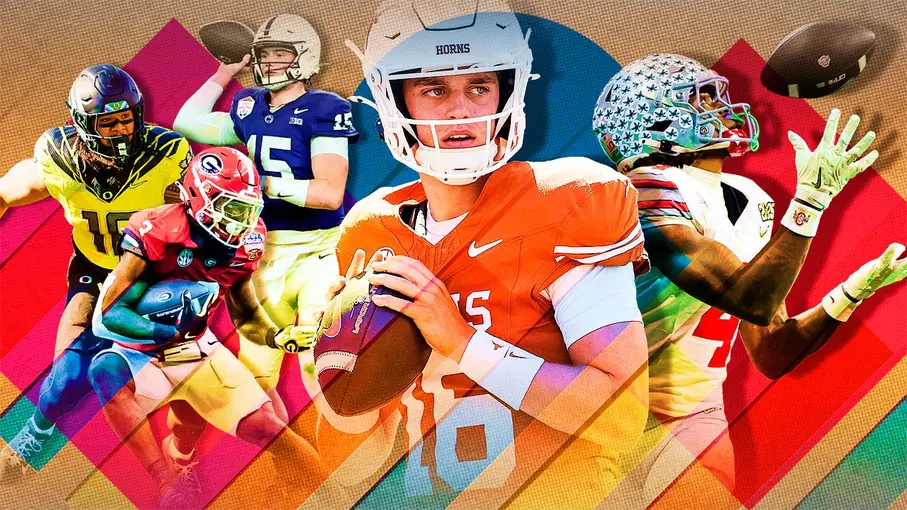T4K3.news
Luck leads Stanford revival announced
Former NFL star Andrew Luck takes the helm at Stanford to guide a revival amid NIL changes and conference shifts.

Luck transitions from star quarterback to chief strategist as Stanford navigates NIL changes and a seismic conference shift.
Luck returns to Stanford to lead a fragile revival
Andrew Luck walked away from football after years of pain. He rebuilt his life in Palo Alto, earned a master’s in education, and helped quarterback hopefuls while his family settled into a new routine. Nine months into his role as general manager, Luck is more than a public face. He leads scouting, fundraising, and on some days even runs a few plays in practice. Stanford has embraced this hands-on leadership as a signal that the school is trying a new model in a changing era for college football.
The job is demanding. Stanford moved from the Pac 12 to the ACC, creating a cross coast schedule that tests resources and logistics. The school is paying players in the NIL era but won’t yet share in media rights money, complicating recruiting and competition. Luck fired the previous head coach after investigations and brought back Frank Reich as interim head coach, a rare alignment of former quarterback and executive. The question now is whether Luck can balance Stanford’s traditions with a reform-minded approach and still win.”
Key Takeaways
"I retired on him, right?"
Luck recalling the day he told Reich and others about retirement
"Be the head coach"
Luck asked Reich to come out and coach as interim
"There was no one else"
Collegiate operations director on Luck’s fit for the role
"The fact that it's hard, that's what makes it great"
Shaw on why Stanford’s challenge matters
Luck’s path from retiree to program leader reflects a broader shift in college football where former players take on executive duties to navigate NIL and realignment. His story shows how a single decision can redefine a career and a program’s future. Luck combines a calm, direct style with a deep faith in Stanford’s long arc, a blend that could either stabilize a fragile revival or invite new scrutiny.
The risks are real. The NIL era tests Stanford’s commitment to academics and its traditional transfer discipline while offering donors a chance to fund a competitive product. The cross-continental schedule and uneven revenue from media rights add financial pressure. Luck’s willingness to fire a coach signals a readiness to make hard calls, but it also raises questions about continuity and trust within the program. If he can keep players, staff, and fans aligned through a season that will be watched closely, Stanford might turn its legacy into a practical advantage rather than a nostalgic branding exercise.
Highlights
- The locker room needed him more than the spotlight did
- Be the head coach
- There was no one else
- The fact that it's hard, that's what makes it great
Stanford NIL era budget risk
The program is navigating a gambling-like risk landscape: paying players while lacking immediate access to media-right revenue. The realignment and fundraising demands heighten financial pressure and could provoke public or donor backlash if expectations aren’t met.
The next chapter will test whether a legendary program can reinvent itself without losing what made it special.
Enjoyed this? Let your friends know!
Related News

Ranking all FBS programs for the 2025 season

Hamas backs talks on end to Gaza war

Daniella Pierson's Businesses Face Major Setbacks

Red Sonja reboot production begins in Bulgaria

Matilda Lutz's first look as Red Sonja released

Target names internal successor as CEO

Weill Family Foundation launches cancer research hub

Paramount TV Studios Reopens with New Leadership
